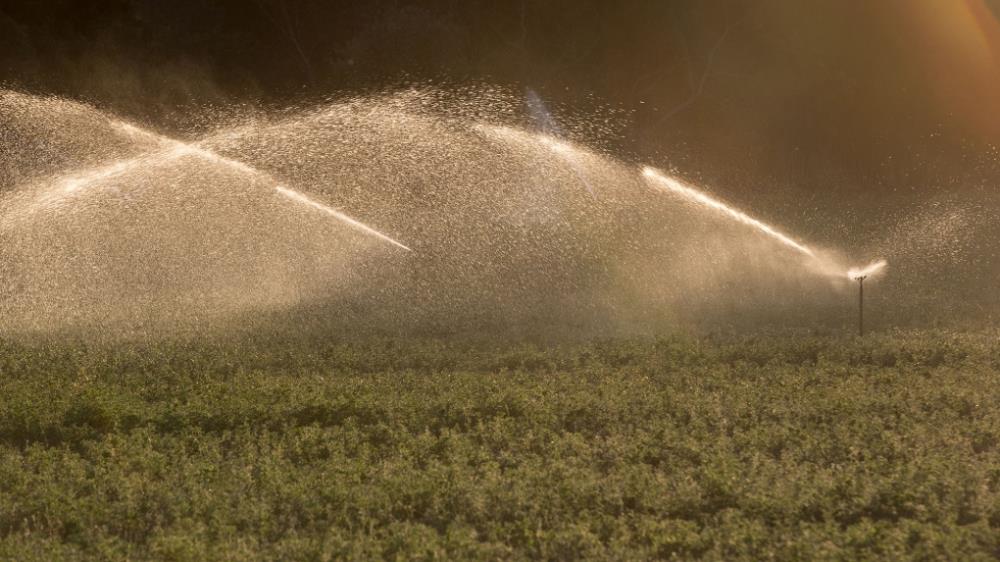
Related items loading ...
Section 1: Publication
Publication Type
Conference Presentation
Authorship
Thorne Robin, Marsh Phil, Rudolph David, Spence Christopher, Sonnentag Oliver, McKenzie Jeff, Berg Aaron
Title
Recommendations to enhance hydrological models for improved estimates of climate impacts on northern waters
Year
2022
Publication Outlet
AOSM2022
DOI
ISBN
ISSN
Citation
Robin Thorne, Phil Marsh, David Rudolph, Christopher Spence, Oliver Sonnentag, Jeff McKenzie, Aaron Berg (2022). Recommendations to enhance hydrological models for improved estimates of climate impacts on northern waters. Proceedings of the GWF Annual Open Science Meeting, May 16-18, 2022.
Abstract
The rapidly changing Arctic climate is impacting the interactions between surface water, supra-permafrost water, snow, vegetation, lakes and streamflow, particularly as ongoing climate warming continues to thaw the permafrost. Across the Northern Water Futures (NWF) study domain, which is a Northwest Territories-focused consortium, spatial and temporal variability in active layer thickness, the occurrence of taliks, soil infiltration, subsidence, and the contribution of groundwater flow to streamflow, are all expected to be enhanced. A key challenge for Arctic models is dealing with freeze/thaw conditions and the high spatial variability in terrain and vegetation. Hydrologic models are being developed in NWF and other research groups around the globe, but there are many difficulties and approaches in developing such models.
Integrated surface and subsurface hydrological models are critical tools to investigate the impacts of warming on Arctic hydrology over the coming decades and centuries. First, we will review a suite of available hydrological models for this purpose, with a focus on interactions between permafrost, groundwater and streamflow. We will consider potential limitations due to the lack of sophisticated 3D permafrost/groundwater model components and limitations in modelling at the high spatial resolution required. Second, we will use a case example in changes to the development of Arctic models using examples from the Trail Valley Creek (TVC) research watershed, north of Inuvik, NWT. Finally, we will make recommendations to enhance model development as needed, such as the inclusion of components from cryohydrogeological and lake process models, to address changes in Arctic hydrology at the scales required to address societal needs.
Plain Language Summary
Section 2: Additional Information
Program Affiliations
Project Affiliations
Submitters
|
Robin Thorne | Submitter/Presenter | rthorne@wlu.ca | Wilfrid Laurier University |
Publication Stage
N/A
Theme
Hydrology and Terrestrial Ecosystems
Presentation Format
10-minute oral presentation
Additional Information
AOSM2022 Northern Water Futures First Author: Robin Thorne, Wilfrid Laurier University Additional Authors: Phil Marsh, Wilfrid Laurier University, David Rudolph, University of Waterloo, Christopher Spence, Environment and Climate Change Canada, Oliver Sonnentag, Universite de Montreal, Jeff McKenzie, McGill University, Aaron Berg, University of Guelph


 GWFNet
GWFNet Master
Master Data
Data Research
Research Map
Map
 Advanced
Advanced Tools
Tools
 . . .
. . .
 Metadata Editor
Metadata Editor
 Record List
Record List
 Alias List Editor
Alias List Editor
 Legacy sites
Legacy sites